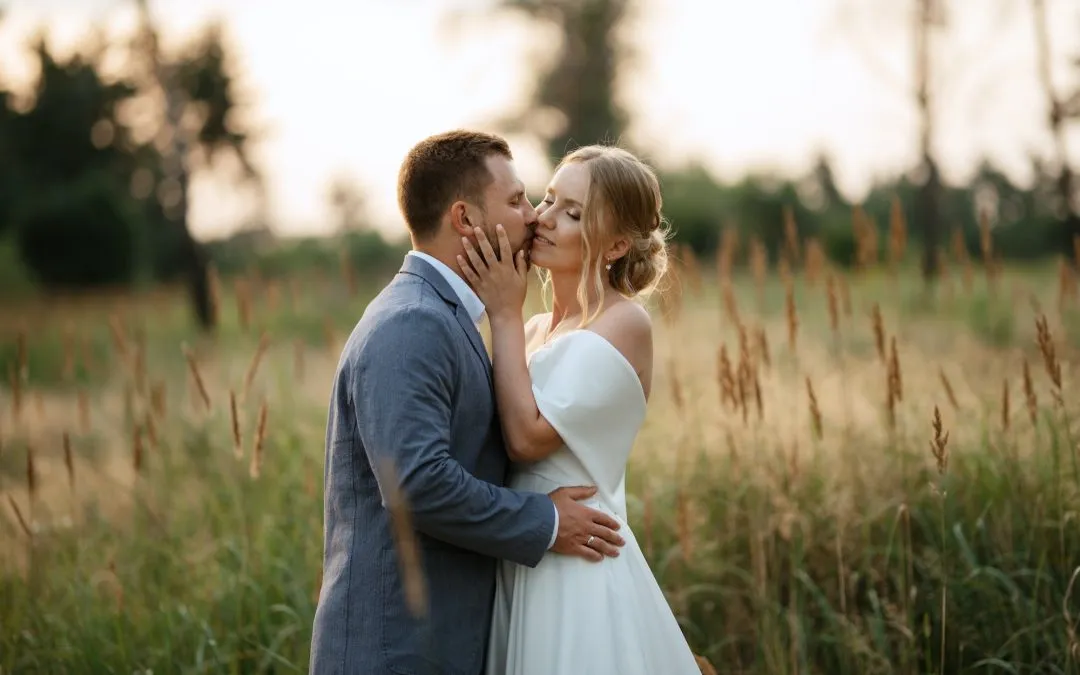If you’re getting married, chances are you’ve already thought of all the important aspects. The venue, the dress, your guests and how many people are attending. Maybe you’re even thinking about hiring a photographer to capture these memories for you. But have you considered how much it costs for them to give you raw files?
You should get the raw files.
Raw files are the original images that the camera captures, before any processing or compression is applied. They’re also larger than JPEGs and TIFFs, so your photographer will have to upload them to a FTP site for you to download (though not necessarily by hand).
The benefits of working with raw files go beyond just saving space on your computer — there’s much greater color depth and detail available in these unprocessed files, which means they can be edited more extensively without losing quality.
In addition, they don’t have any automatic adjustments that may have been applied by your photographer (which could lead to an overly-brightened or otherwise unnatural looking image)
Raw files are not always perfect.
You may be wondering: “Are raw files always perfect?” The short answer is no! Raw files are not always perfect, but they can be. This is why it’s important to understand the difference between a raw file and an edited one.
Raw files have been used as a way to preserve information in an image where other file formats might lose some of it or alter it during compression. In fact, many professional photographers shoot in this way because they want total control over how their images look before sending them on to their clients for printing or sharing online (or even just for storage). They want complete flexibility over exposure settings and color balance; they want all potential detail preserved so that when processing images later on down the line you know exactly what went into creating them; there are no surprises lurking in your photos’ metadata which could cause problems later on down the line as well as make managing your digital library easier because there aren’t any hidden details about how your photo was taken hidden deep within its code (think JPEG vs RAW).

Many photographers do not give out the raw files.
The cost of raw files is high, and a lot of photographers don’t feel that it’s worth it for them. Raw files can be confusing to work with, especially if you’re not familiar with editing software or cameras in general. You might end up spending more time trying to figure out what’s going on than actually using the pictures in your own work.
Additionally, raw files aren’t always perfect either! The colors may be slightly off, or they might look muted and washed-out because they were taken at night (because most weddings take place at night). It’s unlikely that any individual photo would come out perfectly after being turned into a JPEG file—so why bother having access to the original? And even if you did want to edit the image yourself, how much would you really need access to? Most people only print out one picture per guest at their wedding; often times this means only having one 8×10 print per person who was invited!
The raw files aren’t really for you anyway.
What you think are raw files are actually for the wedding photographer. What you think is a “raw file” is actually a bunch of jpegs that have been converted into .dng files and then renamed to appear as the original files from your camera.
The reason why I say this is because that’s what I’ve seen in most cases, but there’s no definitive answer on whether or not raw files should be provided for free or if they should be purchased separately from an album.
In the end, it’s up to you.
You should be able to decide what you want, and your photographer is simply an asset in the process. It’s your wedding, not theirs. They’re there to serve you, so don’t hesitate to ask them questions—or request a sample of their work if they refuse to give raw files!
When it comes down to it, there are pros and cons to both formats: JPEGs are easier for viewing right away (no need for additional software), while RAW files allow more flexibility in editing and post-production.
There are plenty of reasons why you should or shouldn’t have access to your raw wedding images–it’s up to you and your photographer to decide what’s right for you.
It’s up to you and your photographer to decide what’s right for you. There are plenty of reasons why you should or shouldn’t have access to your raw wedding images—it’s up to you and your photographer to decide what’s right for you. That said, there are some things that people don’t always realize about their photography: Photographers usually edit photos before giving them back; people get really wrapped up in little details when choosing albums; most photographers use flash at least sometimes (and some use it all the time); etcetera ad nauseam.
So my general advice is this: If raw files would make sense for YOUR situation—if they’d be useful or helpful—then ask! But if not? Then leave well enough alone–don’t worry too much about whether or not raw files will make a difference between getting exactly what YOU want out of YOUR photographs (which could mean anything from nothing at all).
Ultimately, it’s up to you and your photographer to decide whether or not raw files are best for your wedding. Some photographers value their time and creativity over the convenience of giving out raw files, which means they will not be making them available at all. Other photographers may be able to give you access depending on what kind of contract you sign before the big day. Either way, it’s worth asking about!

